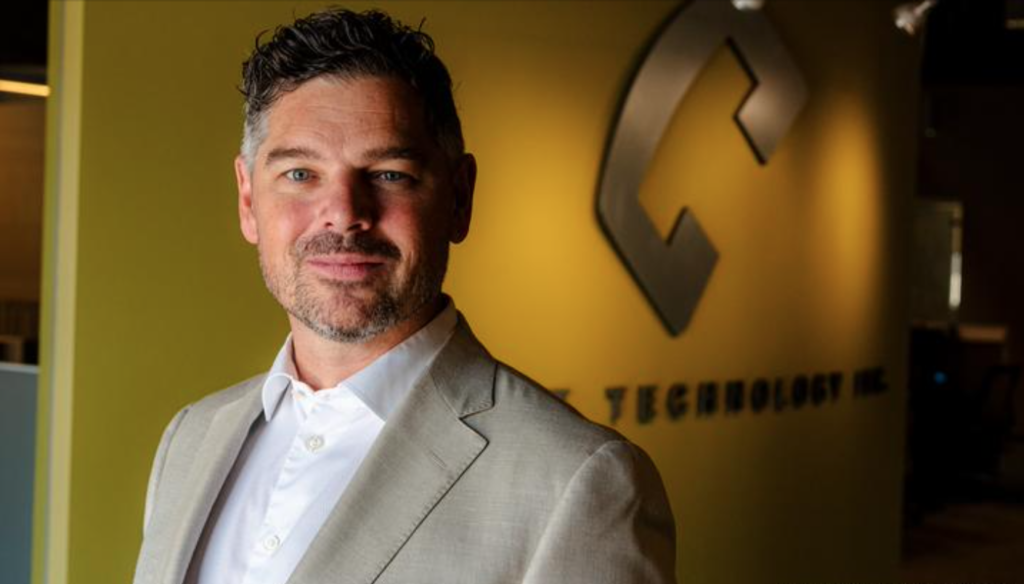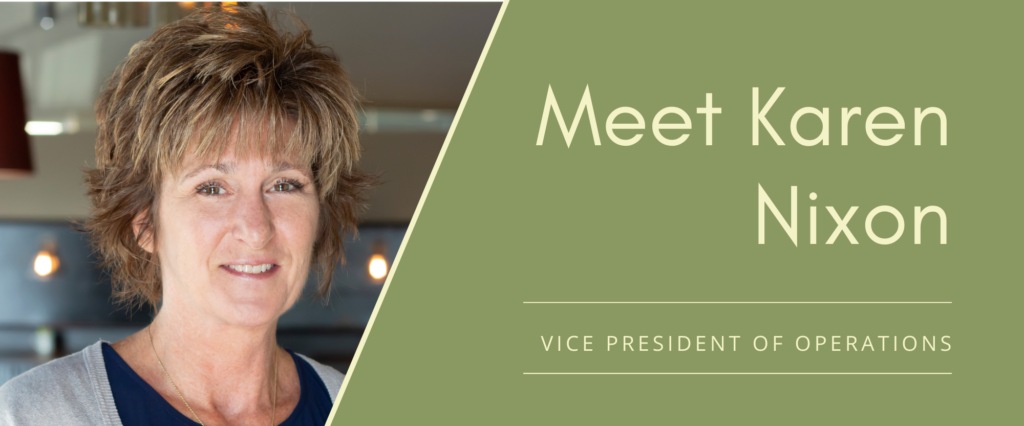Internet of Things Promises a Smart Future
This post also appeared in The Tennessean, where Concept Technology has a bi-weekly feature in the Business section.
 Imagine you set your alarm on Monday for 5:30 a.m. As soon as you hear it ringing, you also hear your coffee machine start brewing a fresh cup of joe. Once you get into your car and head to work, your car automatically suggests a different route because you’re a few minutes later than normal and there’s unexpected traffic on the interstate. When you finally arrive at the office, another gadget has already mapped out the times you’re going to be most productive based on your past productivity patterns on Mondays when you’re running a few minutes behind schedule.
Imagine you set your alarm on Monday for 5:30 a.m. As soon as you hear it ringing, you also hear your coffee machine start brewing a fresh cup of joe. Once you get into your car and head to work, your car automatically suggests a different route because you’re a few minutes later than normal and there’s unexpected traffic on the interstate. When you finally arrive at the office, another gadget has already mapped out the times you’re going to be most productive based on your past productivity patterns on Mondays when you’re running a few minutes behind schedule.
Think this sounds like something from the movie “Minority Report”?
Think again. The “Internet of Things” promises lifestyle improvements based on behavioral data, and although only a few gadgets might influence our lives right now, a future with all of our gadgets predicting and responding to our behavior is not far off.
So what exactly is the Internet of Things (IoT)? At its most basic level, IoT could potentially include anything with an on-off switch that can connect to the internet. But it refers more largely to the goal of lifestyle improvement based on the connectedness of gadgets conditioned to the behaviors of their owners. This giant, connected network of things can include anything from toothbrushes, to thermostats and refrigerators. When people talk about “smart homes,” they’re referring to these gadgets and products working alongside one another to make things run as efficiently as possible.
A few of my favorite items include:
• Samsung’s Wi-Fi enabled refrigerators.
This refrigerator can stream Pandora, give you a glimpse of the weather, connect to your social networks, and even allows you to leave notes to your family. As the most opened and closed door in a house full of kids, it makes sense that this appliance, of all others in the kitchen, offers smart technologies.
• Philips “hue” light bulbs.
It might sound like an extravagance, but these smart light bulbs are nothing short of amazing. These Wi-Fi connected lights allow you to change lighting based on your mood — you can even choose a picture and have the light mimic its colors.
• Nest thermostat.
The Nest thermostat learns your schedule and your preferences so it can adjust accordingly. Forgot to change the temperature when you left the house in a rush? No problem. The Nest allows you to adjust the thermostat from your phone, and can lower heating and cooling bills by 20 percent.
The Internet of Things isn’t just limited to the individual or to the home. Entire cities are starting to use the technology. While there has been some struggle implementing smart technology on a large scale, cities like San Jose have directed their focus toward improving the lighting and parking problems that most cities face.
Such technology includes alerting drivers to which parking spots are available, or helping cities figure out where more parking should be located, which in turn makes the city money. Smart lighting ensures that street lights only turn on when a car or person approaches, saving massively on energy. Other cities like Chicago have installed sensors around the city to look for correlations between resident behavior and public health issues like asthma and diabetes.
Regardless of how innovative it sounds to have homes and cities built entirely upon a giant network of connected things, having an infrastructure reliant on the internet brings with it a slew of difficulties, including security and privacy issues. It’s unsettling to think that increased use of smart gadgets could open the user up to personal data breaches.
Also of issue is the fact that separate companies are working on their own proprietary smart technologies. So the cutting edge smart Samsung refrigerator you have can’t “talk” to the new Sony television in your living room — yet, at least. But things are certainly moving in the direction of increased connectedness. As smart homes increasingly become the norm, a life lived without predictive data may soon be a thing of the past.









